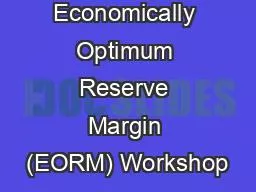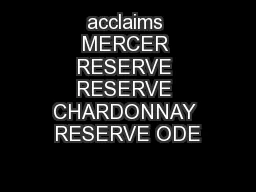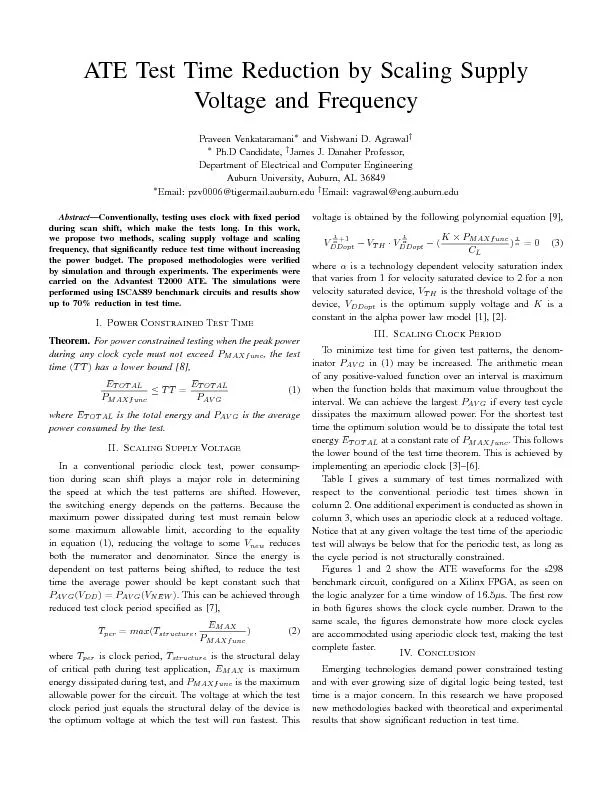PPT-Economically Optimum Reserve Margin (EORM) Workshop
Author : enteringmalboro | Published Date : 2020-10-22
April 14 2017 ERCOT Astrapé Consulting LLC The Brattle Group 1 Introduction Workshop Agenda 3 Workshop Goals Provide stakeholders with a solid understanding of
Presentation Embed Code
Download Presentation
Download Presentation The PPT/PDF document "Economically Optimum Reserve Margin (EOR..." is the property of its rightful owner. Permission is granted to download and print the materials on this website for personal, non-commercial use only, and to display it on your personal computer provided you do not modify the materials and that you retain all copyright notices contained in the materials. By downloading content from our website, you accept the terms of this agreement.
Economically Optimum Reserve Margin (EORM) Workshop: Transcript
Download Rules Of Document
"Economically Optimum Reserve Margin (EORM) Workshop"The content belongs to its owner. You may download and print it for personal use, without modification, and keep all copyright notices. By downloading, you agree to these terms.
Related Documents














